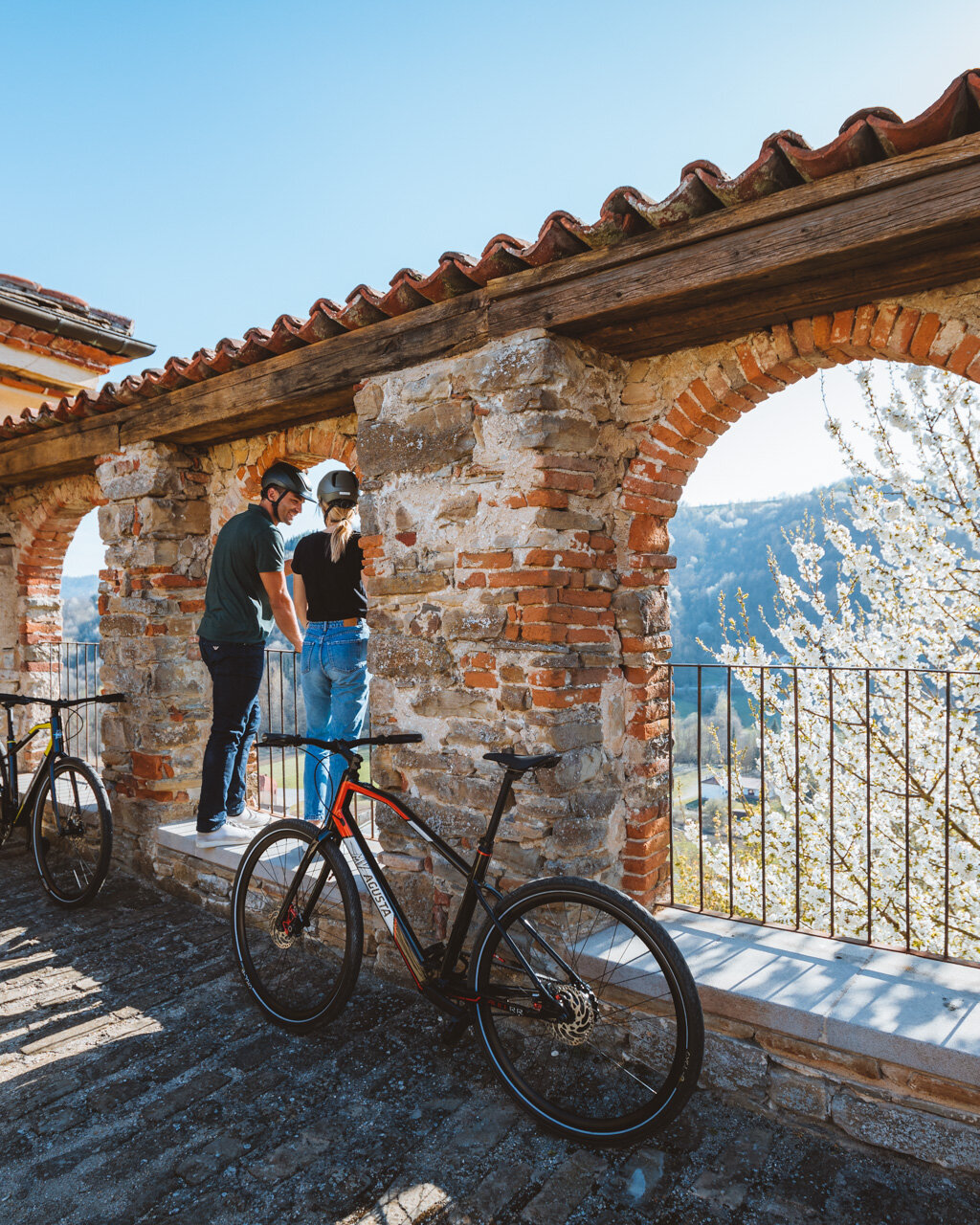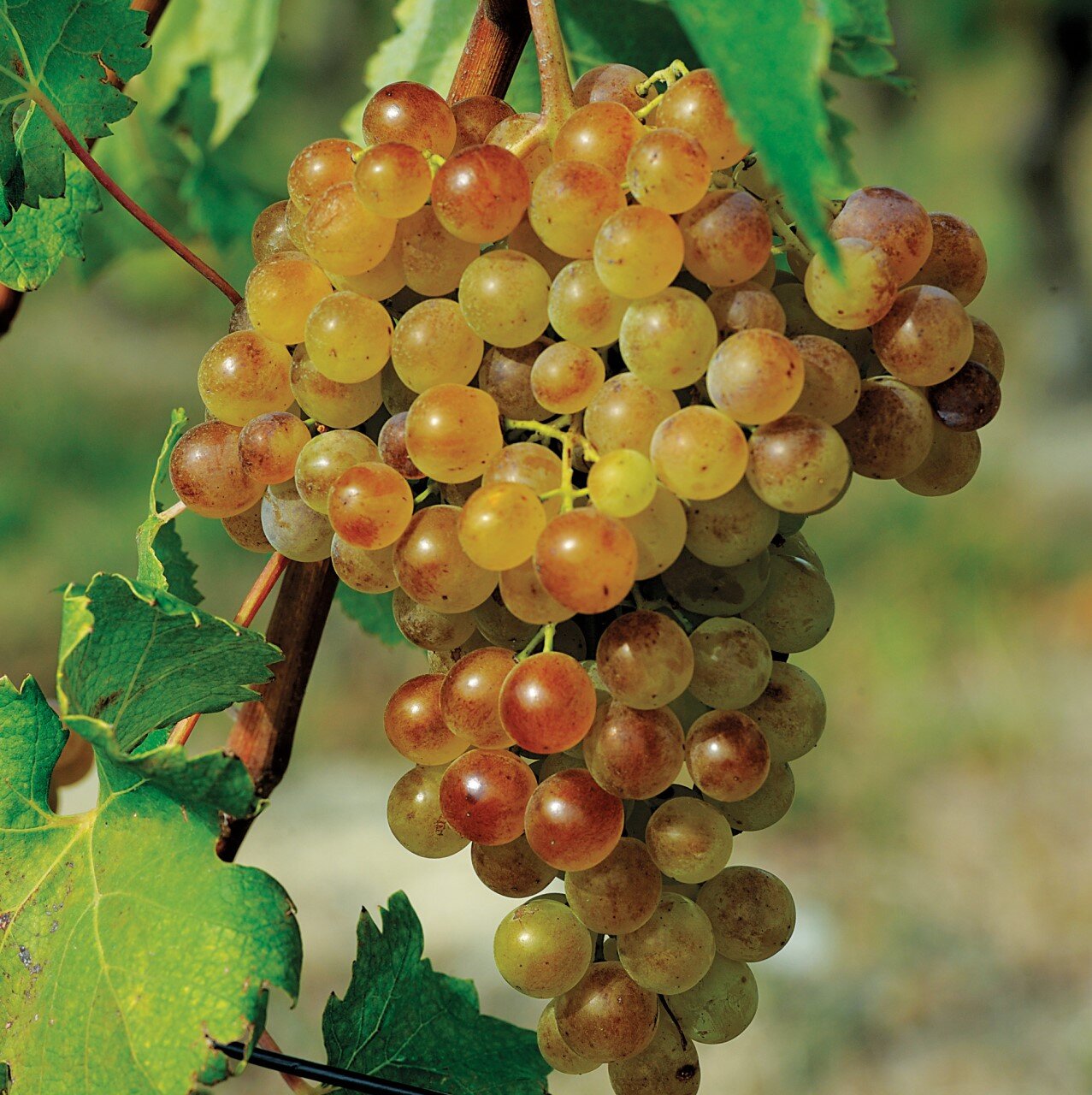Cortese is an indigenous white-berry grape variety, with a millennial allocation in the hilly area of the province of Alessandria and Tortona, where it seems to have originated. Cortese was chosen by the Courts of the Genoese Renaissance nobility, giving the impetus to a specialised cultivation, favoured by the particular climatic conditions of the area and benefitting from the proximity of the Ligurian Sea. Widely known throughout Piedmont in the eighteenth century, Cortese di Gavi is mentioned in the 1798 Ampelographic publications edited by Conte Giuseppe Nuvolone Pergamum, Deputy Director of the Agrarian Society of Turin. After a period of neglect due to the destructive effects of phylloxera, Cortese has regained popularity starting with the 1950s, when it was rediscovered and proposed by Mario Soldati, even though it is mostly around Gavi that it expresses its full potential. Also known with the dialectal synonyms Corteis, Courteis and Courteisa, it is a vine that prefers soils rich in clay marl, alternation of "white soils" and "red earth" as they are locally defined, able to enhance the fruity properties of the grape.
CORTESE GRAPE
Grape colour: white.Productivity: very good.
Leaf: medium-sized, five-lobed.
Bunch: conical, with one or two wing protrusions, slightly oval grapes, medium, golden yellow.
Ripening: second half of September.
Wines: Gavi o Cortese di Gavi Docg, Colli Tortonesi Cortese Doc, Cortese dell’Alto Monferrato Doc, Piemonte Cortese Doc.



